Index

Objective
The objective of this guide is to detail configuration procedures of User experience widgets on Fluig.
Quick Query

Requirements
- To have the user experiences configured.
- Provision of permission on Identity.
Benefits
- Quick access to system contents in typical queries;
- Agility for decision making;
- Single access screen for the user.
Configuration of 'Quick Query' widget on Fluig
Follow, by navigating through the tabs below, the step-by-step guide for the configuration of ‘Quick Query’ widget on Fluig.

Figure 1 - Configuration of the Quick Query widget. |
Figure 2 - Configuration of the Quick Query widget
|
When adding the widget Fluig detects the ERP companies related through Fluig Identity. We will configure the widget to return a simplified report of orders per item from a company called 'Head Office'. - Title: Orders per item - Quick query: ORDERS PER ITEM - Company: Head Office
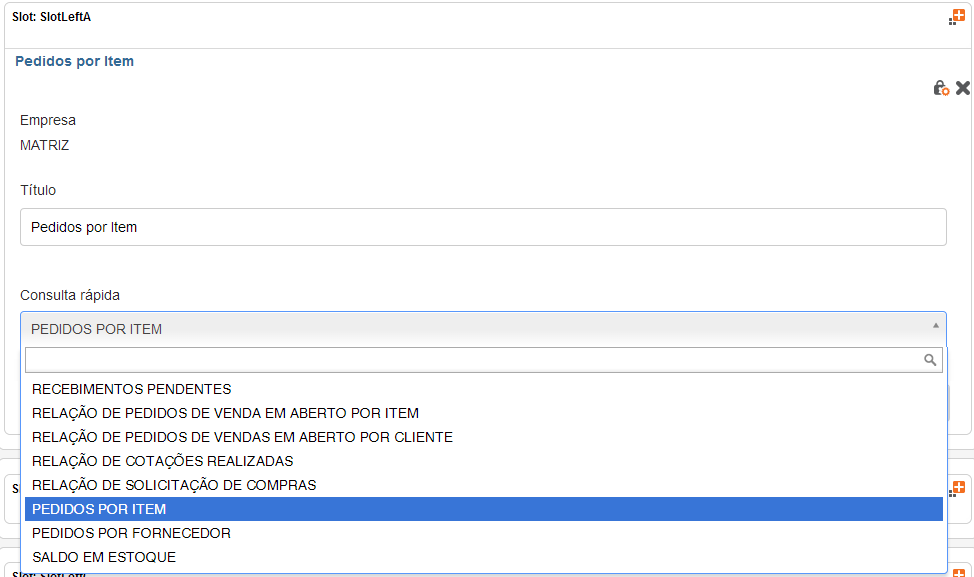
Figure 3 - Configuration of the Quick Query widget.
|
- Next, click Save and post the widget editing on the page.

Figure 4 - Configuration of the Quick Query widget.
|
- When viewing the page, the quick query report will be displayed.
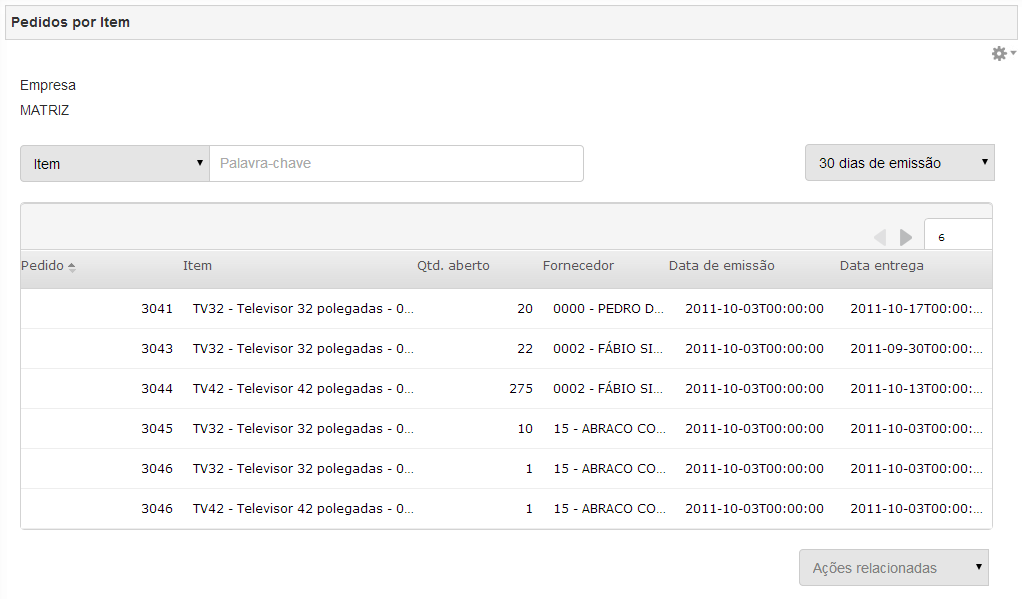
Figure 5 - Configuration of the Quick Query widget.
|
|
Analytics

Requirements
- Fluig integrated with Identity
Analytics app configured
Benefits
- Dynamic dashboards;
- Analysis data used where necessary;
- Shared access with user profiles;
- New views within minutes.
Configuration of 'Analytics' widget on Fluig
Follow, by navigating through the tabs below, the step-by-step guide for the configuration of the Analytics widget on Fluig.

Figure 6 - Configuration of the Analytics widget. |
On the screen to add widgets, the integration filter sorts out widgets related to user experiences. In this example, we will add the Analytics widget that allows to view graphics and dashboards from Analytics more easily and quickly.

Figure 7 - Configuration of the Analytics widget.
|
When adding the widget Fluig detects the ERP companies related through Fluig Identity. We will inform the title of the widget as 'TOP - Communities' and, after configuration, the analysis graph of the most accessed communities by the company on Fluig will be displayed. For this widget, it is necessary to configure the fields, title, URL, application, height and width.

Figure 8 - Configuration of the Analytics widget.
- The URL refers to the Embedded URL of the graph on the Analytics to be viewed on Fluig. This URL is obtained when accessing Analytics. In the graph to be viewed, click on "Embed" at the bottom of the graph:
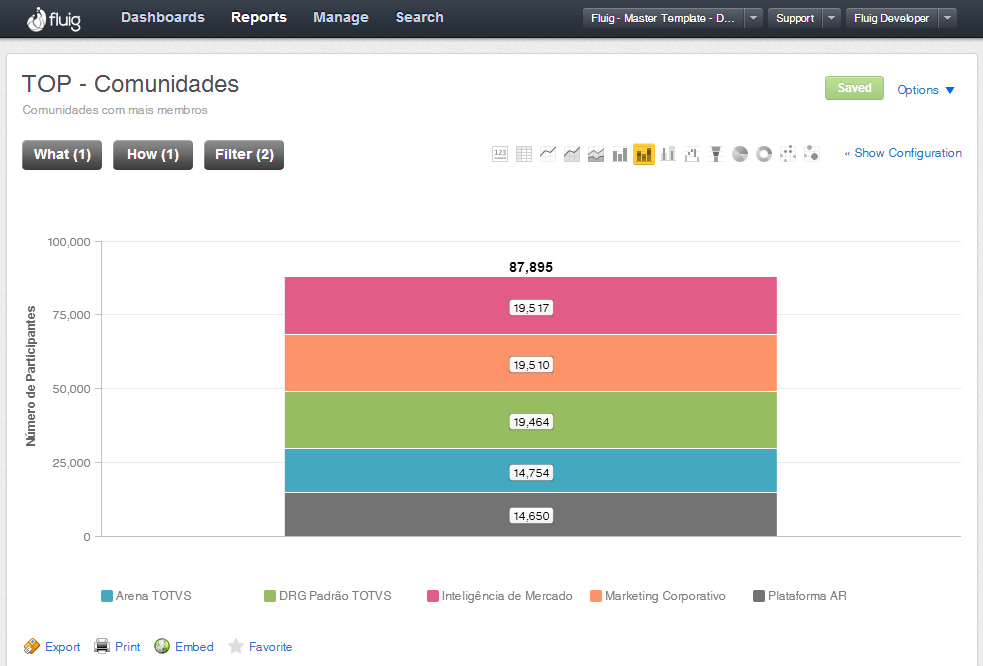
Figure 9 - Configuration of the Analytics widget. - Next, copy the URL segment for the Analytics graph to enter it on the URL field of the widget on Fluig.
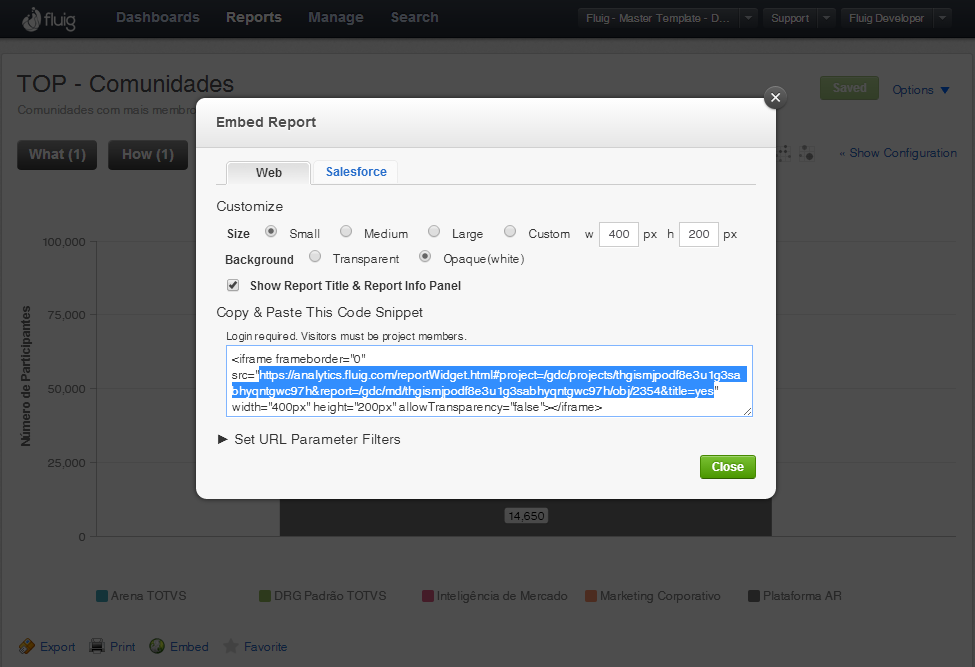
Figure 10 - Configuration of the Analytics widget. |
- Next, click Save and post the widget editing on the page.

Figure 11 - Configuration of the Analytics widget.
|
- When viewing the page, the Fluig Analytics graph will be displayed.
|
|
Centralized access

Requirements
- To have the user experiences configured.
- Provision of permission on Identity.
Benefits
- Enabled view of routines
- Access in local environments and in the cloud
- Creation of routine lists related to a context
Configuration of 'Centralized access' widget on Fluig
Follow, by navigating through the tabs below, the step-by-step guide for the configuration of ‘Quick Query’ widget on Fluig.

Figure 13 - Configuration of the Centralized access widget. |
Figure 14 - Configuration of the Centralized access widget.
|
When adding the widget, Fluig detects the ERP companies related through Fluig Identity. We will configure the title of the widget as 'Routines' and we will display the 'complete' menu configured in ERP. - The following types of menu can be configured for centralized access: Complete, Favorites, Most accessed and Custom List.

Figure 15 - Configuration of the Centralized access widget. |
- Next, click Save and post the widget editing on the page.

Figure 16 - Configuration of the Centralized access widget.
|
- When viewing the page, the menu will be displayed.
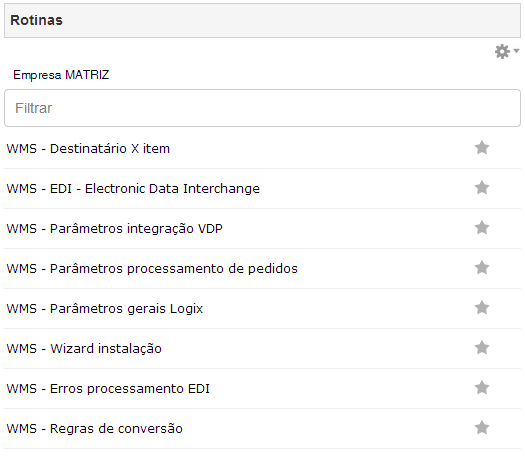
Figure 17 - Configuration of the Centralized access widget.
|
|


